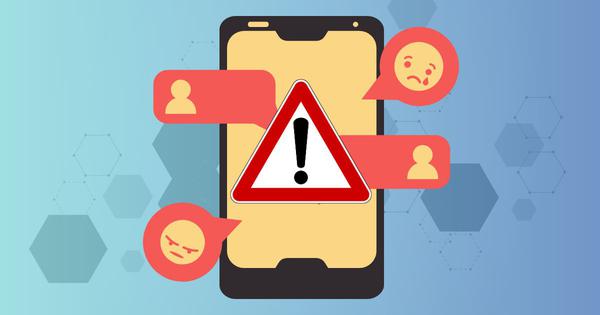Effective methods to filter harmful media and enhance your social media experience.
Managing the influx of graphic and violent content on social media is crucial for maintaining mental well-being. With the rise of distressing videos going viral, such as the recent incident involving Charlie Kirk, it can seem almost impossible to shield oneself from viewing material that one did not consent to see. However, there are actionable steps individuals can take to safeguard their mental state.
Social media platforms primarily focus on maximizing user engagement rather than prioritizing users’ mental health. Over the past year, many of these platforms have scaled back their content moderation efforts, resulting in upsetting material reaching users even when it was not actively sought out. It is essential to recognize that watching every piece of content that appears on your screen is not a requirement. Instead, protecting your mental health should be viewed as an essential practice that allows you to remain engaged, compassionate, and effective in your interactions.
Research indicates that repeated exposure to violent or disturbing media can lead to increased stress, heightened anxiety, and feelings of helplessness. These negative effects are not merely temporary; over time, they can deplete the emotional resources necessary for self-care and caring for others. Thus, taking steps to protect your attention can be an act of self-care. It is vital to reclaim your consciousness from harmful content, much like being selective about the food you consume. Just as one would avoid spoiled or toxic food, it is equally important to discern which media deserves your attention.
While you may have limited control over what appears in your social media feeds, intentional measures can be taken to filter out unwanted content. One effective strategy is to turn off autoplay features or limit exposure to sensitive content, as these settings may vary based on your device and app version. Additionally, utilizing keyword filters can be beneficial; many platforms allow users to mute or block specific words, phrases, or hashtags, which helps minimize the likelihood of encountering graphic or violent material.
Curating your social media feed is another critical step. Unfollowing accounts that consistently share disturbing images while following those that provide knowledge, connection, or joy can significantly improve your online experience. Furthermore, establishing boundaries, such as reserving phone-free time during meals or before bed, can contribute to reduced stress and enhanced well-being.
It is important to recognize that social media is not a neutral space. Its algorithms are designed to capture user attention, often amplifying harmful or sensational content in the process. By choosing to protect your attention, you reclaim agency over your consumption of media. While the urge to stay updated during crises can be strong, opting not to view every disturbing image is an act of self-preservation. Maintaining control over your attention allows you to act with purpose and invest your energy wisely.
Setting boundaries—whether by turning off autoplay, filtering content, or curating your feed—is a means of asserting control over what influences your mind. These actions serve as a foundation for meaningful connections with others and contribute to efforts for positive change. As the executive director of the Post-Internet Project, I emphasize the importance of agency, intention, and values alignment in navigating the challenges of online life. For those interested in developing healthier media consumption patterns, I will be launching an online class titled Values Aligned Media Consumption through Coursera in October 2025, aimed at individuals aged 18 and over. This course will be available for free viewing and is designed to help participants manage their social media use more effectively.








